There are two main subjects any canning enthusiast needs to be familiar with. The first is the content they are preserving and the various recipes used to make delicious sauces, jams, and other canned goods. The second are the canning supplies, which are all of the tools you need to make those goods quickly, efficiently, and safely.
The full set of canning supplies that you will want to use will vary depending on what you are canning. Also, a few different techniques can be applied, depending on if you are using an electric canner, a sealed pressure canner, or just a large pot that will be used to seal jars using hot water.
Once you know what you are preserving and how, it will be easy just to imagine your steps and to know exactly what you need.
From the chopping, mixing and preparing, to filling out the jars, to having correct seals that will fit said jars, to finally sealing the deal; everything should be thought out in advance.
Canning Techniques
When canning goods at home, you will be focusing on two main techniques. Pressure canning and water bath canning, where you use boiling water to seal your jars and treat the inside of the can.
There are other methods, but these are mainly reserved for industrial production as well as when using tin or aluminum cans.
While home production will never be able to produce as many goods as industrial production, the process can be quite effective. Largest pots can contain up to twenty pint-sized jars and still be relatively easy to handle.
If you have all your tools, you will be able to preserve considerable amounts of fruits and vegetables. The only question now is if you have enough room in your pantry to store all of the things you plan on canning.
Pressure Canning
Pressure canning uses heavy pots that have special lids that clamp or are screwed tight to the base. A small amount of water is placed to the bottom of the pot, and the jars will be on a rack or wire that is hanging above that water. As you start heating the water, it will expand and create water vapor, increasing the heat and pressure inside the pressure canner.
This process both expels any gases on the top of the lid, seals the cans, and sterilizes anything inside using heat. As the process is slightly dangerous, you should be careful and give ample time for the whole pressure canner to cool off.
In most cases, a pressure canner will have a designated bolt that will prevent you from opening the lid while it is under pressure. Also, you will have a gauge on the cover that will indicate how many psi there is inside.
Please note that the zero on these gauges is set on atmospheric pressure, or around 14.7 psi, so you are looking for the handle to rest on zero before you try to open the lid, and not on 14.7.
Water Bath Canning
Water bath canning takes slightly longer than pressure canning but is cheaper and relatively safer. In this case, you are making the water provide the necessary heat and pressure on the cans to make them seal and become sterilized.
As the water boils, it will push on the jars and make them seal up. While there is no limit on how big your canning pot can be here, most kitchens don’t have stoves that can fit pots bigger than 10 gallons.
The size of the stove is important, as it must be less than four inches smaller in diameter than the container. This is because you need a stable boiling temperature to seal the jars without any cracks or breaking slowly.
While it would be best to conduct this type of canning on an induction plate with a digital temperature display, few canning pots can be used on this type of stove.
Always be sure that you have the right stove and the correct conditions before you buy any pot or canner.
What can You Can and what can You not Can?
It is important to remember that while water bath canning is easier, not all produce can be conserved this way. For the content to be safe after treating it with 212°F temperature, it needs to have significant acidity that will kill off any spores, bacteria, or mold.
These infections can be invisible and are often found in the air, even when we consider the room to be clean. Water bath canning can be done for fruits to create jams and compotes, or with properly pickled vegetables that are infused with needed acidity.
Everything else should be canned in a pressure canner, which will heat up the jars to at least 240° F and destroy any bacteria or other microscopic organisms that can be inside.
This is especially important for anaerobic bacteria that don’t need air to reproduce, such as botulism. All vegetables can be canned this way and be safe for years to come.
While technically you can pressure can meat and dairy, it is not advised for novice canners. These products need to be treated first and are hard to fit inside the jar without having any air pockets that can crack the jar when they expand.
Also, there is a possibility for an infection to be hidden in some bone fragments or embedded in fat, which can destroy your canned content.
Basic Canning Supplies
The first thing you need to have if you want to can anything is the pot itself.
This can be either just a large pot with a fitting lid, a sealable pressure canner with a release valve, or an electric pressure canner that has integrated heaters. As previously mentioned, water bath canning is the cheapest option and can be used for all kinds of fruits, and even some vegetables, provided that they have enough acidity.
If you want to can vegetables, or even meat or dairy, you will need to use a sealed pressure canner that would be able to sterilize the insides of the jars with higher temperatures.
Enamel Canners
These pots are cheap and widely available. What you are looking for is a sturdy pot that is made from materials that can keep a constant heat. Enamel is probably the most widespread of products, but there are newer types of composite materials that mix enamel, which is technically a ceramic, with some metals like steel.
Usually, these products will mention that they are made for canning, even though you are more than able to cook various foods directly in the pot.
The essential issue with these pots is if they are coming with a lid that can neatly fit on top of the container. Also, you will need to have wires and racks for your jars that can be placed inside the pot without any fear of damage to either the jars or the wires themselves.
Pressure Canners
Pressure canners can be easily recognized by the heavy build and specialized lids. These lids are sealed to the pot, usually using a rubber gasket. Additionally, some models of pressure canners use a metal-to-metal seal that doesn’t need a gasket. Rather, this system uses strong metal bolts to keep the lid in place and the pot perfectly sealed.
These pressure canners can be used to preserve all kinds of fruits and vegetables, and even meat and dairy in some cases. In all cases, you will need to ensure that the lid is properly placed and that you keep the pressure and the heat rising steadily as to prevent any cracks in the jars or lids.
Pressure canners are used with a rack that is placed on the bottom of the pot and where your jars will be placed. A small amount of water is poured inside and made to evaporate and expand, building up pressure inside the pot.
Electric Canners
Electric canners are probably the best choice for novice canning enthusiasts. They are usually not as large as other types but are much easier to use.
Electric canners also have a lid that can be placed to create pressure but can also be used for water bath canning. Unlike others, this type has its own heater, and you can set it to precisely the temperature that you need.
While most electric pressure canners will come with a set of racks to place your jars on, as well as specific instructions on how to use them, some might not. In these cases, you will need to find a rack that fits your electric pressure canner when buying other canning supplies.
Jars and Lids
An often disregarded aspect of canning are the cans you are filling and the lids you are using to seal them. In most cases, people just use the cheapest available option, without thinking about how they would react to the heat and temperature that they are exposed to.
There are three things that you will need to keep in mind when buying jars: materials, uniformity, and shape.
- Materials
The glass jars you are using need to be from good quality, treated glass. It would be best that they don’t have any significant led content in them, as that can influence the taste of food given enough years. - Uniformity
It would be best for your jars not to have any signs or engravings, as that can compromise the structural integrity of the jar. Additionally, if the surface of the jar is not smooth on the inside, this can trap air bubbles, which will expand and can even cause the jar to explode when heated. - Shape
While you can use hexagonal jars for canning, it is safest to use round, tubular jars. Not only are oddly shaped jars hard to place on racks without touching each other, but they are also harder to fill.
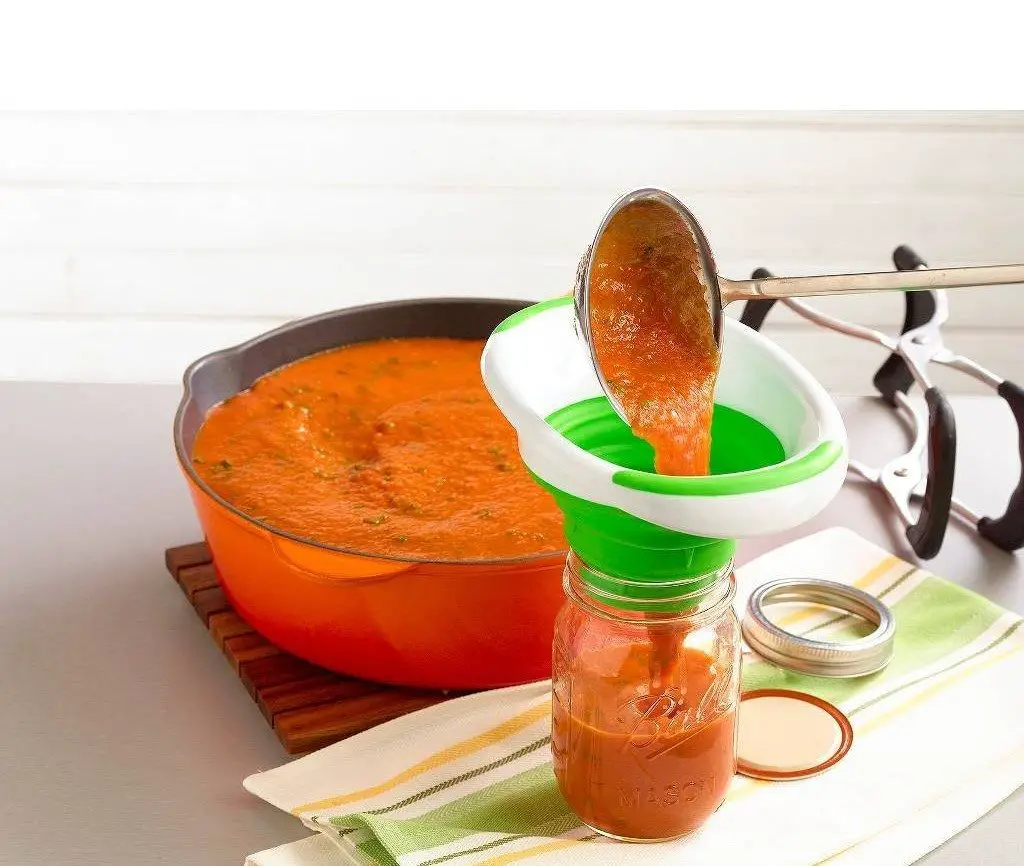
Ball Glass Mason Jar
Racks and Hangers
The type of jar rack or wire hanger you want to have will depend on the type of canner that you are using.
For instance, you can use a wooden rack when using the water bath method, as there is little risk of damage. But, this rack will burst under pressure made in the pressure canner.
For pressure canners, you should be using solid metal racks, or very sturdy wires, that will not bend, break, or crack under the heat and pressure.
Canning Supplies Kit
In addition to the canner itself, there is a number of smaller tools that may not be essential for creating canned goods but would make the whole process much easier, faster, as well as safer.
Unlike some large items that should always come from a reputable manufacturer, these may come from smaller companies, provided that they are made from adequate materials.
Lid Wands
Lid wands are small, usually plastic, sticks that have a magnetic point in the end. They are used to place lids on and off jars without touching them easily.
This is important because your fingers can both contaminate the lid and prevent it from sealing properly. By using the magnetic lid wand, you will be able to place the lid quickly, easily, and with no fear of contamination.
Lid wands are the simplest and cheapest solution for avoiding contamination of your jars.

Norpro Magnetic Lid Wand
Canning Funnel
A canning funnel can be any funnel that can neatly fit the mouth of the jar. Preferably, they should be made from plastic or other materials that won’t stick to the content.
The most important difference between a canning funnel and other types of funnels is the size of the mouth, as it should ideally be the same width as the mouth of the jar.
Jar Holder
The importance of a jar holder can’t be overstated, as it is the only safe way to extract a hot jar from the pot.
When buying, make sure that the tips which should hold the jar are not wider than the neck of the jars that you are using. Additionally, it is much easier to place the jars inside the pot if you have holders.
Kitchen Tongs
This tool is generally quite useful as it allows you to pick up produce, such as fruits and vegetables, without the need to touch them. This is especially important when canning picked goods.
Pickled vegetables can not only collect bacteria easily through the softened skin but also protect said bacteria from heat, destroying the entire contents of the jar with infection.

StarPack Basics Silicone Kitchen Tongs
Rubber Tools
Aside from general tools that you need when canning, there are some rubber tools that you might need.
These include rubber ladles, forks, as well as a tool that pushes and evens everything out.
These tools are far from being essential, rather they are something that every well-equipped kitchen should have, and your canning project might be a good chance to get them.
Conclusion
Any successful project is a mix of knowledge, experience, and equipment. Thankfully, we have the internet as an endless well of knowledge, and experience will come with patience.
As for the tools you need, there is a wide market for you to make your selection. If you focus on having sturdy and high-quality materials, you will always make your job easier.
Finally, as canning is as fun as it is practical, don’t be afraid to make mistakes. Take things slow and use every advantage that you can to make the process easier. Keep your eyes on the goal and you will become a canning expert in no time.
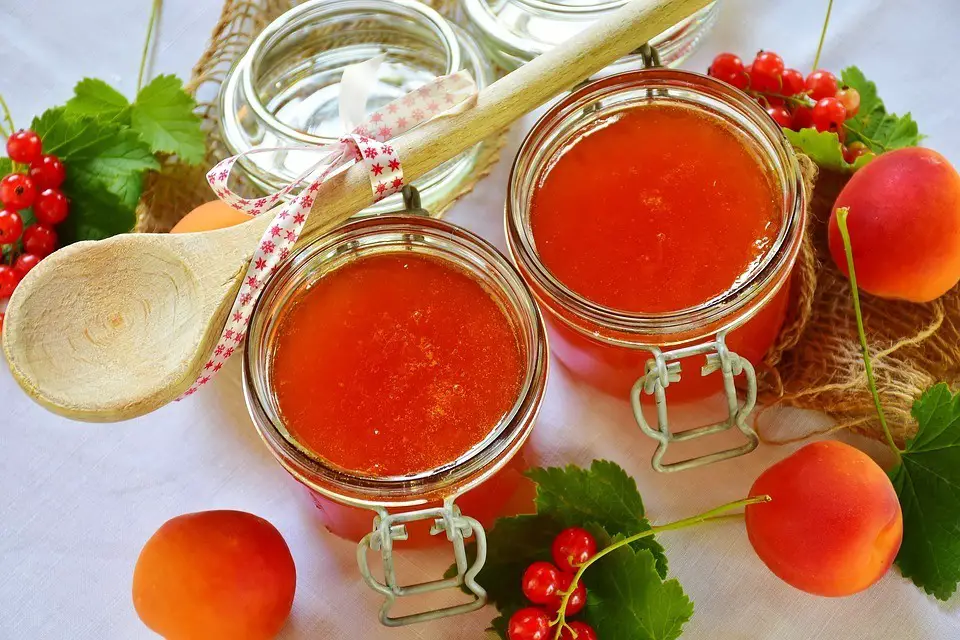
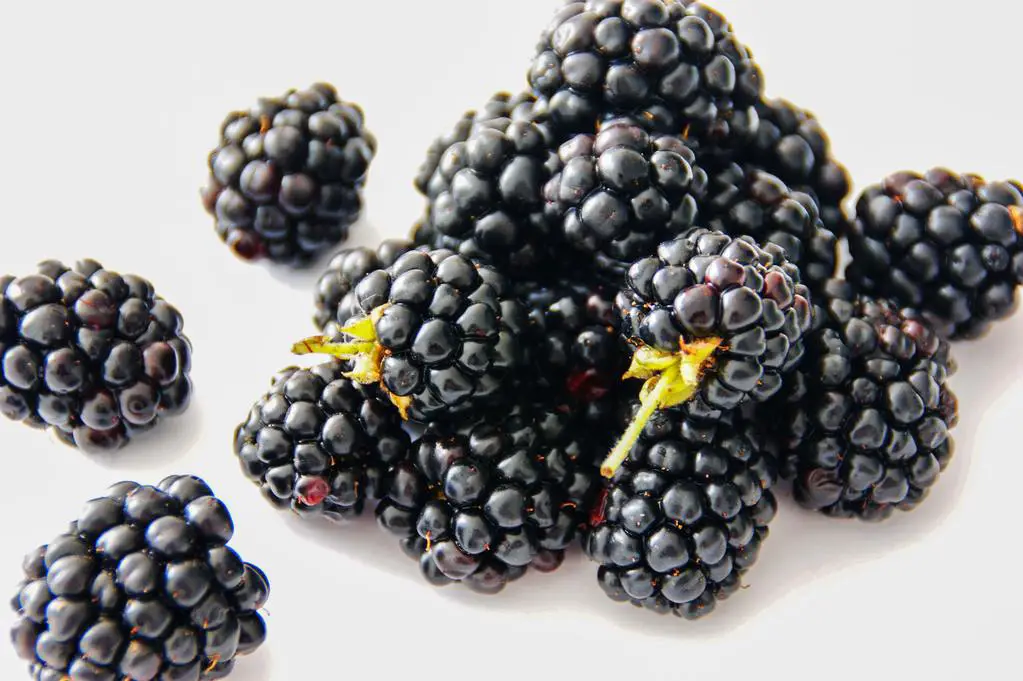
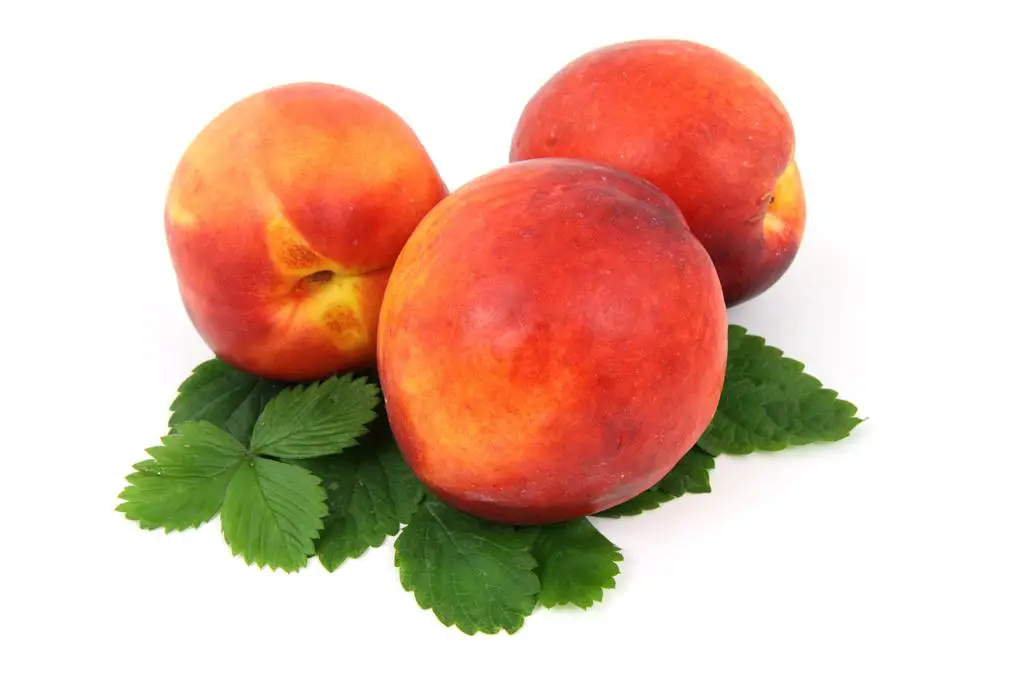
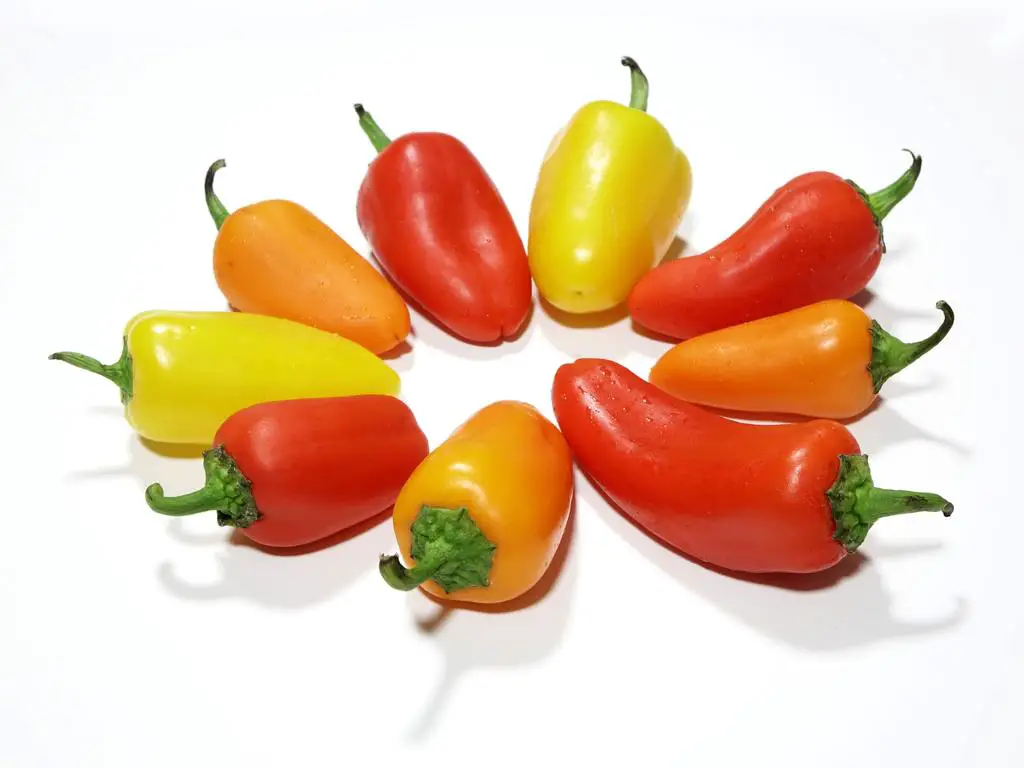
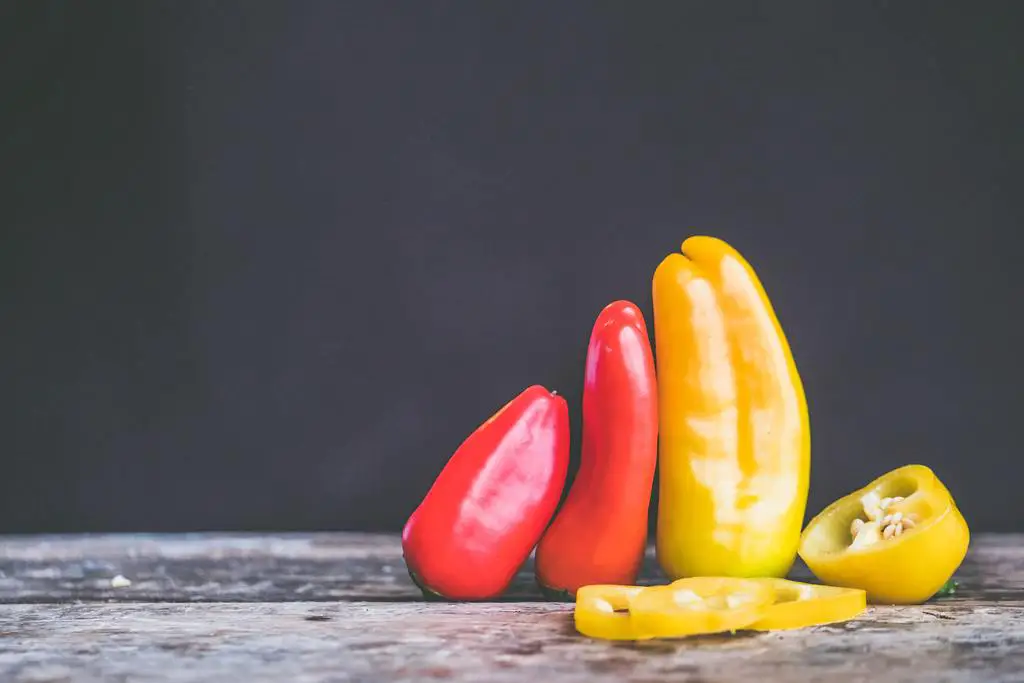
Pingback: Canning Salsa Has Never Been Easier! | PressureCanners.com